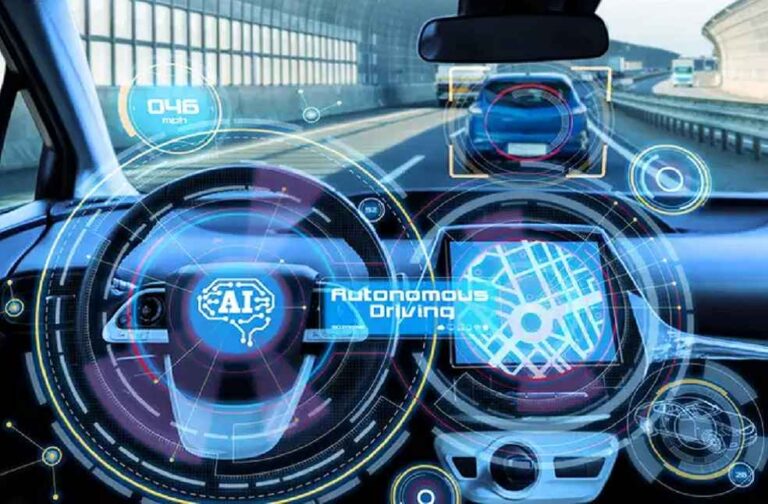Trade World Revolution; Global trade has undergone significant changes in recent years due to innovation and technology. With the rise of new technologies, businesses are finding new ways to improve efficiency, reduce costs, and gain a competitive advantage in the global marketplace. In this article, we will explore how innovation is revolutionizing global trade.
Digitalization of Trade:
One of the biggest changes in global trade is the digitalization of trade documents and transactions. Digitalization has made it possible for businesses to conduct international transactions more efficiently and securely. By using digital trade documents, businesses can reduce the time and cost associated with manual document processing. Additionally, digitalization enables greater transparency and traceability in the supply chain, reducing the risk of fraud and improving compliance with regulations.
Blockchain Technology:
Blockchain technology has the potential to transform global trade by providing a secure and transparent platform for transactions. Blockchain is a distributed ledger technology that allows for secure and transparent transactions between parties. It provides an immutable record of every transaction that cannot be tampered with, providing enhanced security and transparency for global trade. By using blockchain technology, global trade participants can conduct transactions without the need for intermediaries, saving time and money.
Internet of Things (IoT):
The Internet of Things (IoT) is the interconnected network of devices that can collect and exchange data. In the context of global trade, IoT devices can be used to monitor the movement and condition of goods in transit. For example, sensors on shipping containers can track temperature, humidity, and location, providing real-time updates to shippers and logistics providers. This information can be used to optimize shipping routes, reduce the risk of spoilage or damage, and provide more accurate delivery estimates.
Artificial Intelligence (AI):
Artificial Intelligence (AI) has the potential to transform global trade in many ways. For example, AI-powered algorithms can be used to optimize shipping routes, predict demand, and automate logistics processes. AI can also be used to analyze large data sets, providing insights into market trends and consumer behavior. This information can be used to inform business decisions and identify new opportunities for growth.
Additive Manufacturing:
Additive manufacturing, also known as 3D printing, is a technology that enables the production of goods using digital designs. This technology has the potential to revolutionize global trade by enabling on-demand production of goods. Instead of producing goods in a central location and shipping them around the world, 3D printing allows for goods to be produced locally, reducing the time and cost associated with shipping. Additionally, 3D printing enables greater customization and personalization of goods, allowing for more efficient use of resources and reducing waste.
Autonomous Vehicles:
Autonomous vehicles, such as self-driving trucks and drones, have the potential to revolutionize global trade by reducing transportation costs and increasing efficiency. Self-driving trucks can operate around the clock, reducing the need for human drivers and increasing the speed and frequency of deliveries. Drones can be used to deliver goods to remote locations, reducing the time and cost associated with traditional shipping methods.
In conclusion, innovation is revolutionizing global trade by making it more efficient, cost-effective, and secure. Businesses that adopt these new technologies will be able to gain a competitive advantage in the global marketplace. As these technologies continue to evolve, we can expect to see even more disruptive changes to the world of global trade.
LATEST NEWS: INDIA CANCELS LICENSES OF 18 PHARMA FIRMS FOR SELLING FAKE MEDICINES IN CRACKDOWN



